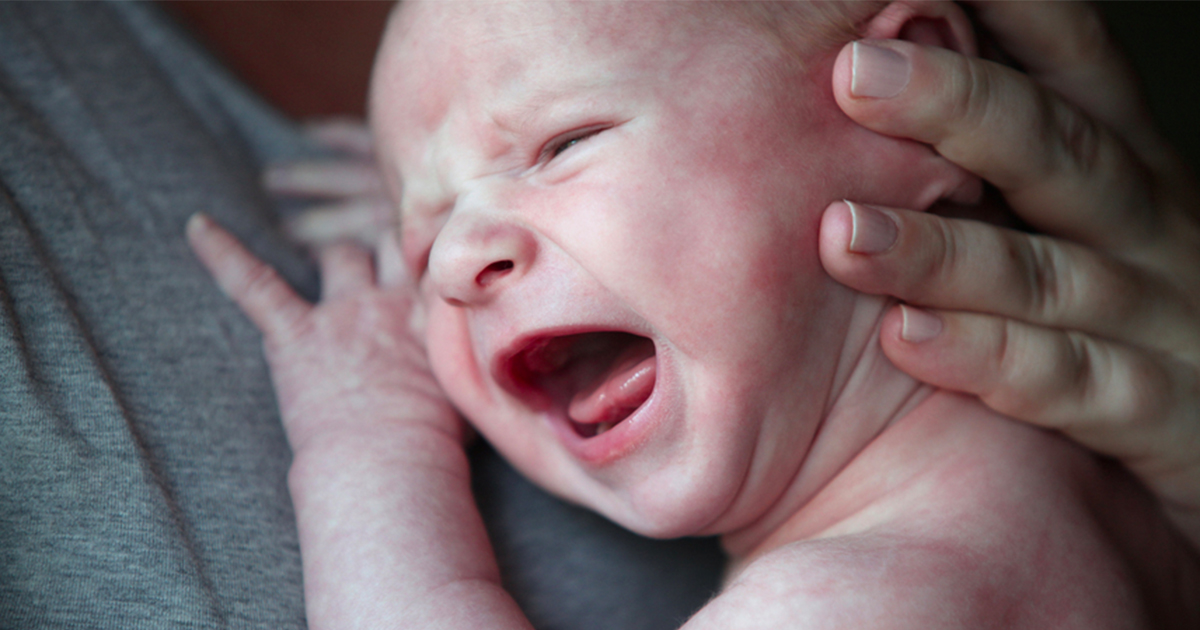C-Sections Are Making Babies' Heads Bigger, Research Suggests

By:
A study suggests that the increase in C-section deliveries is changing babies, and the way women give birth.
Research published in the Proceedings of the National Academy of Sciences of the United States of America found that the rise in C-sections since the 1950s and 1960s has apparently prompted babies to have larger heads. But the birth canals of women are not adapting to this increase in head size, necessitating C-sections in more cases, the study suggests.
"It's not easy to foresee what this will mean for the future of humans and birth," lead author, Dr. Philipp Mitteroecker told The Independent. "Disproportion may further increase. But I don't think that one day every baby needs to be delivered by C-sections. The selection towards larger babies is limited by the mother's metabolic capacity and also attenuated by modern medical treatment."
 Stocksy/Vera Lair - stocksy.comStocksy/Vera Lair - stocksy.com
Stocksy/Vera Lair - stocksy.comStocksy/Vera Lair - stocksy.com
Mitteroecker added that newborns who are smaller in weight or premature "have high survival rates in industrialized countries." Speaking to BBC News, he also said that C-sections and modern medicine have enabled women to survive difficult births that they may not have 100 years ago, but that women with small pelvises pass this down to their daughters:
"Women with a very narrow pelvis would not have survived birth 100 years ago. They do now and pass on their genes encoding for a narrow pelvis to their daughters."
Daghni Rajasingam, a consultant obstetrician who was not involved with the study, told the BBC that obesity and diabetes are related to the number of C-sections going on in the world.
"I think what is important to take into the [question of] evolution is that things like diabetes are much more common at a younger age so we see many more women of reproductive age who have diabetes. That has consequences as to whether or not they may need a [C-section]. In addition, the rates of obesity are increasing so more and more women of reproductive age have a higher body mass index and this again has an impact on [C-section] rates."
 Stocksy/Dina Giangregorio - stocksy.comStocksy/Dina Giangregorio - stocksy.com
Stocksy/Dina Giangregorio - stocksy.comStocksy/Dina Giangregorio - stocksy.com
A December 2015 report from the Centers for Disease Control and Prevention found that the likelihood of obtaining a C-section increases "with advancing maternal age," and that women ages 40 and older were more than twice as likely to have a C-section than women under the age of 20. There is a lot of debate surrounding C-sections because they can increase a mother's chance of developing blood clots and complications in future pregnancies, among other risks, according to the Mayo Clinic. However, C-sections can also save the lives of mothers and babies. The World Health Organization (WHO) states that C-sections should only make up 10 to 15 percent of deliveries to keep infant and maternal mortality rates low, according to the latest research. WHO notes on its site that infant and maternal mortality rates decrease when C-section rates reach 10 percent. But when those rates go above 10 percent, there is "no evidence that mortality rates improve," the WHO states.
Research published in the Journal of the American Medical Association (JAMA) in December 2015 found that the ideal C-section rate for lower infant and maternal mortality rates is 19 percent.
“On a nationwide level, our findings suggests there are many countries where not enough C-sections are being performed, meaning there is inadequate access to safe and timely emergency obstetrical care, and conversely, there are many countries where more C-sections are likely being performed than yield health benefits,” JAMA study researcher Alex Haynes said in a release at the time. “This suggests on a policy level that benchmarks for C-section rates on country-wide level should be reexamined and could be higher than previously thought.”
